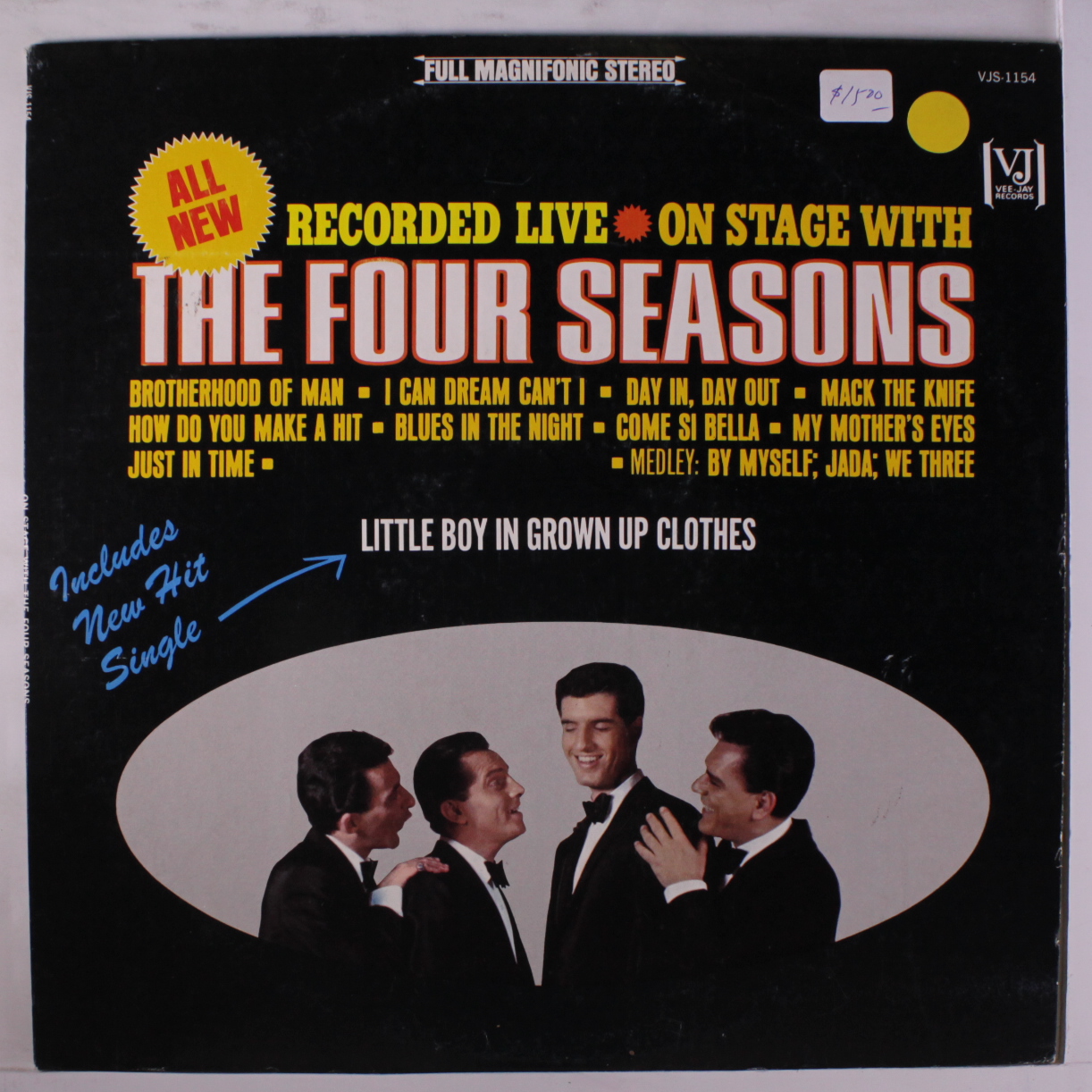 (1971)
(1971)Directed by Robert Altman
Written by Robert Altman and Brian McKay, from a novel by Edmund Naughton
Starring Warren Beatty, Julie Christie, Rene Auberjonois, William Devane, John Schuck, Shelly Duvall, Keith Carradine, Michael Murphy, Antony Holland, Hugh Millais
IMDB Entry
I’ve talked before about my admiration for director Robert Altman, one of the greatest film directors of the 20th century. Altman had a specific style, most notably by his use of overlapping dialogue where you felt your were overhearing random conversations. McCabe and Mrs. Miller is one more of his masterpieces, and bleak and uncompromising western.
It set in the town of Presbyterian Church in 1902, a mining town in the Pacific Northwest, where McCabe (Warren Beatty) shows up. McCabe is a gambler and a hustler, with the reputation of being a quick gun, and decides that he’s going to set himself up running a bordello. But it’s clearly not something he knows what to do, so Mrs. Miller (Julie Christie) – an experienced prostitute – cuts herself in and becomes his partner.
With her help, the whorehouse becomes a success, so much so that the mining company takes notice and tries to buy him out. But McCabe makes the mistake of trying to squeeze them too much and the company decides to go to strongarm tactics.
This is not a cheery movie in any respect. It’s tragedy, in that McCabe falls victim to his own hubris, and it doesn’t have a happy ending. Even the scenes all seem to take place in the rain and darkness.
Beatty is excellent in the role as a man who’s not as smart as he thinks he is, even when it’s obvious he’s in over his head. Julie Christie got an Oscar nomination for her no-nonsense madam, who is certainly attracted to McCabe, but who want to keep their love life as strictly business. Altman’s first two successes did not have big name stars (though many became big names because of him), but he wanted Beatty and Christie in the movie because he wanted the audience to understand that the characters they played were larger than life.
Altman was already developing his stock company of actors, and several showed up from his previous film Brewster McCloud, notably Rene Auberjonois, as the slimy saloonkeeper Sheehan.
But the revelation was Hugh Millais, playing a man who came to Presbyterian Church “to hunt bear.” This was his first role, and he makes a memorable impression, a figure of hulking danger who reduces McCabe to a whining child with a few short words.
Like most Altman movies, this did poorly in the box office, and the downbeat message and ugly view of the American west was too far from what people had expected, but is very influential today.*
__________________________________________________________
*The soundtrack was mostly ambient sounds, but with songs by Leonard Cohen
 (1960-62)
(1960-62)
 (1918-1997)
(1918-1997)